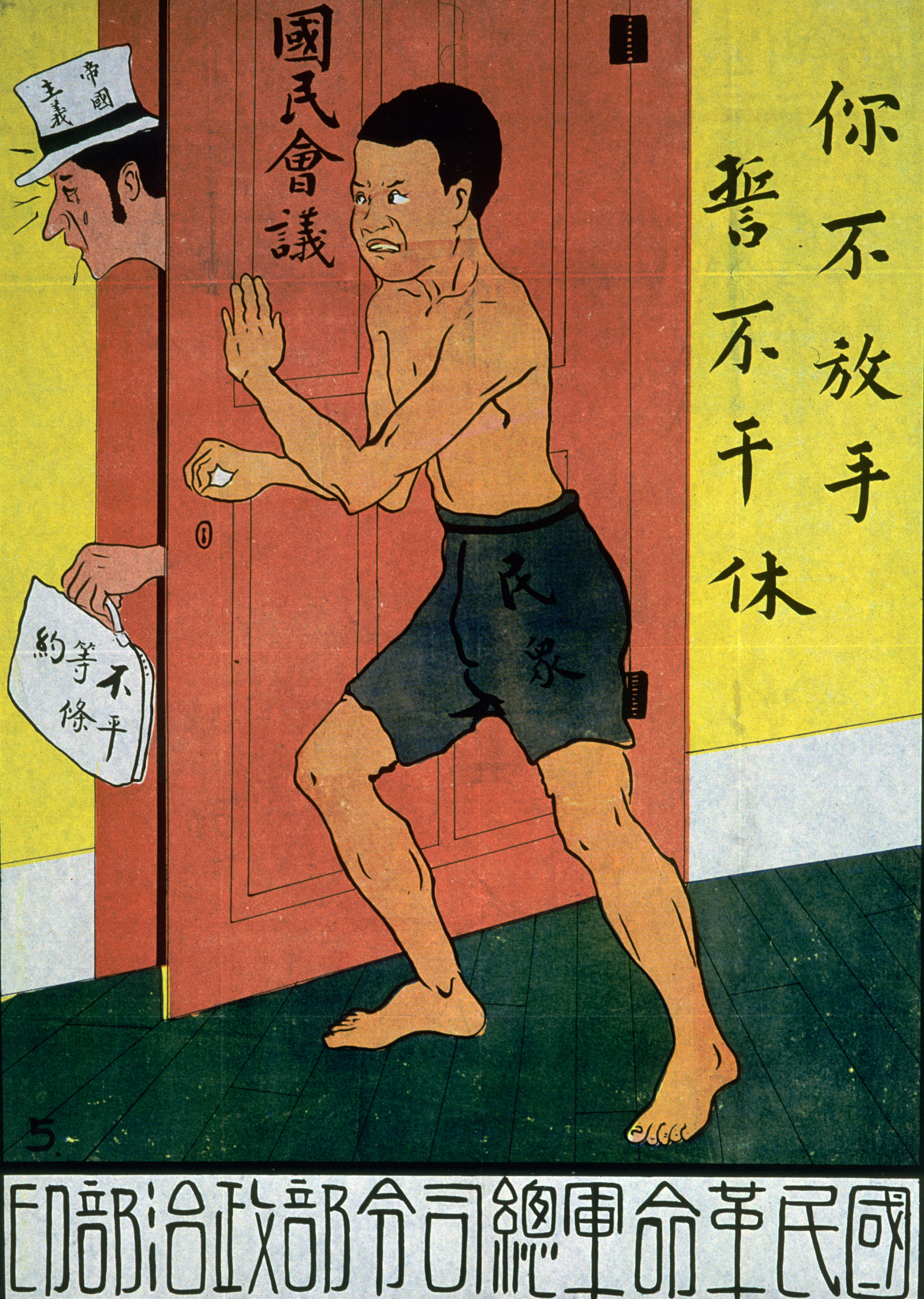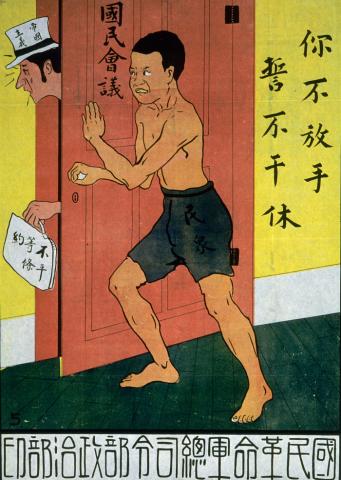As the world awaits the beginning of a second Trump administration, it is crucial to acknowledge a monumental transformation in U.S.-China relations during the first Trump administration—a shift that marked an end to a half-century engagement without progress; and that established a strategic vision that treats the Chinese Communist Party (CCP) as an existential threat to both American interests and global stability. The historic recalibration of this China policy, inaugurated by the first Trump administration, set the stage for a bolder stance that aims to counter Beijing’s expansionist agenda with unyielding resolve. All indications suggest this approach will not only continue but, strengthen in a second term, guiding U.S. policy in an increasingly multipolar world.
However, this major U.S. policy shift toward China has been politicized, perpetrated by some prominent partisan critics of the Trump administration, and channeled by several established publications with out-of-date editorial positions, most conspicuously Foreign Affairs.
While these critics may decry the first Trump administration’s China policy as inflammatory, ungrounded, or extreme, such views miss the forest for the trees. Far from being reckless, this new approach adopted by the first Trump administration marks a measured, strategic realignment based on sober assessment of China’s ambitions and ideological intransigence. Let us confront these criticisms with a critical eye, dissecting each argument and exposing the underlying realities that demand President Trump’s resolute stance.
Charge 1: Cold War Rhetoric as the Root of U.S.-China Tensions
Those who allege that Trump-era policies toward China are steeped in outdated “Cold War rhetoric” fail to understand that this is not a narrative driven by U.S. strategists, but one deeply ingrained in the CCP’s ideological framework. The CCP’s propaganda machinery, operating on a massive scale, ceaselessly promotes a binary, Cold War-esque worldview, framing the United States as the principal adversary of China’s autocratic model. The truth is that the U.S. is not inciting an ideological battle; it is responding to an ideological offensive already launched by Beijing.
The CCP’s commitment to its dogmatic vision is more than mere propaganda; it serves to consolidate the party’s grip over the Chinese population and recast its foreign policy ambitions as a “defensive” stand against Western democracy. To misattribute the Cold War mindset to the U.S. is not only to ignore the CCP’s active indoctrination, but to underestimate its determination to suppress the universal aspirations for freedom and human rights within China itself. Such criticisms do not merely misplace blame but risk excusing the CCP’s actions by suggesting that the Chinese people are passive recipients of Western “goodwill,” instead of individuals ensnared in an insidious ideological apparatus.
Charge 2: Misinterpretation of Nixon’s Vision
Secretary of State Mike Pompeo’s historic 2020 speech at the Nixon Library reframed the U.S.-China relationship as no longer a hopeful engagement but a necessary confrontation. This statement, however, has provoked criticism, with some arguing that the Trump administration had misinterpreted Nixon’s intent. The fact remains, however, that Nixon’s approach was never blind engagement—it was a strategic gamble aimed at fostering change within China to secure global peace and the survival of democratic values. His 1967 article in Foreign Affairs is clear: engagement was a means to encourage reform, not an end in itself.
Yet, what began as a calculated engagement devolved over the decades into “engagement without change,” a policy that allowed the CCP to amass economic power while preserving its authoritarian grip. Nixon himself later remarked that his 1972 opening to China might have created a “Frankenstein,” recognizing the lack of political reform that would have ensued. The Trump administration’s policy is a return to Nixon’s original goal: it acknowledges the CCP’s refusal to democratize and reorients U.S. policy to meet the stark reality of a resolutely anti-democratic adversary. To suggest that this correction “misreads Nixon” is to misread Nixon’s own words and intentions.
Charge 3: A Policy of Extremes and Irrationality
To characterize the Trump Administration’s China policy as “extreme” or “irrational” is to overlook the reality of a broad bipartisan consensus that the CCP must be confronted. This consensus extends across party lines and reflects the conviction of the American people, who are increasingly wary of the CCP’s global ambitions and domestic abuses. Pew Research polls indicate unprecedented levels of disapproval of the CCP among Americans, a sentiment echoed in near-unanimous Congressional support for China-related legislation.
Critics claiming that the administration’s China policy was election-driven misjudge the timing and depth of this shift. The re-evaluation of China policy began as early as Trump’s 2015 campaign, and took concrete form in the 2017 National Security Strategy. This policy shift has not been impulsive, but a deliberate recalibration based on the CCP’s behavior and ambitions. Efforts to counter Chinese economic coercion, espionage, and human rights abuses illustrate a comprehensive, rational response to a multifaceted threat—not a chaotic or reactionary stance.
Charge 4: Alienation of Allies in the Quest to Contain China
Perhaps the most frequent criticism is that the Trump administration’s China policy alienated U.S. allies, yet the facts tell a different story. The administration had invested significant diplomatic efforts to bring allies aboard, recognizing that a united front is essential in countering China’s influence. Some allies may be hesitant, but this hesitancy reflects their individual strategic calculations, not a failure of U.S. diplomacy.
In fact, many key allies have taken steps to support U.S. policy on China. Concerns over Hong Kong’s autonomy, human rights abuses in Xinjiang, and the security risks posed by Huawei’s 5G technology have garnered increasing support from countries across the globe. Allies such as Australia, Japan, the UK, and Canada have stood with the U.S. in addressing these issues, even at considerable risk to their own economic interests. The U.S. leads a coalition of democracies committed to principles of freedom and the rule of law—a coalition that Beijing cannot replicate.
The first Trump administration’s China policy marks a necessary and principled stand. It represents not an escalation but a needed course correction—a response to the CCP’s relentless pursuit of global influence and repression. Those who criticize this approach on the grounds of Cold War rhetoric, misinterpretations of Nixon, extremism, or a lack of allied support, fail to understand the deep-seated motivations behind this policy. The Trump administration recognizes the CCP’s growing challenge to peace and democracy and seeks to mobilize a coalition to stand against it. In defending the values of freedom and democracy, the U.S. is not alone; it stands with allies who share its commitment to resisting totalitarianism and protecting global stability. The stakes are clear, and the path forward is set: a resolute stand against CCP aggression, an unwavering defense of democratic principles, and a coalition of free nations willing to secure a future unburdened by authoritarian threats.

















